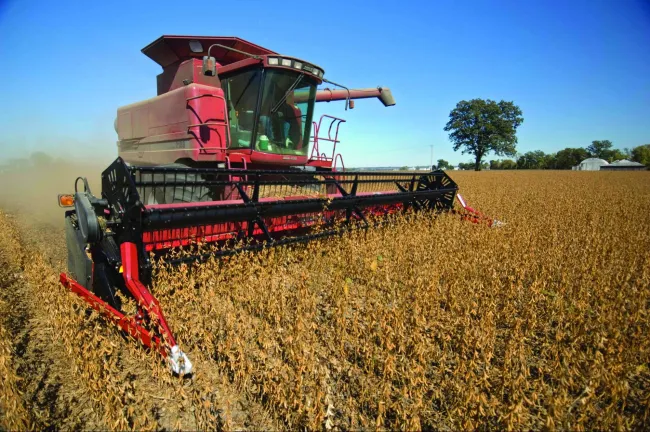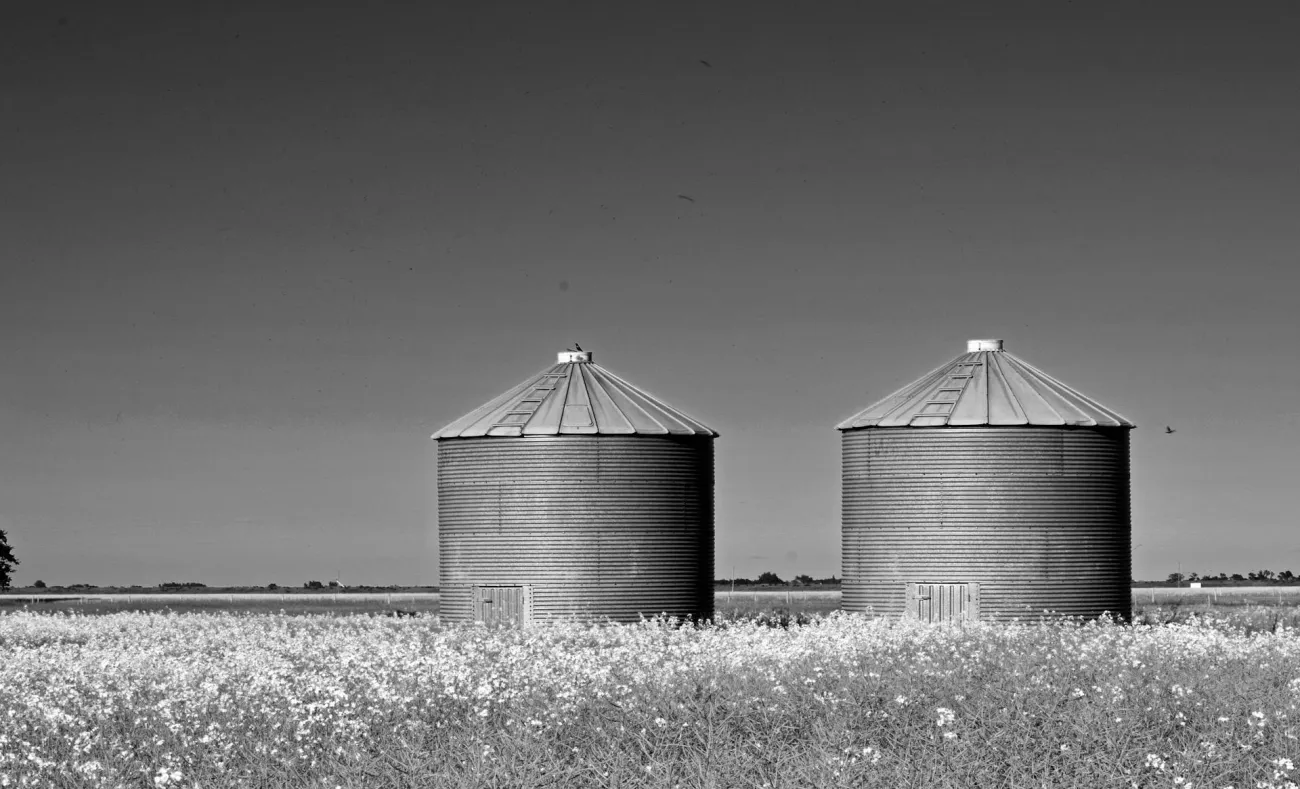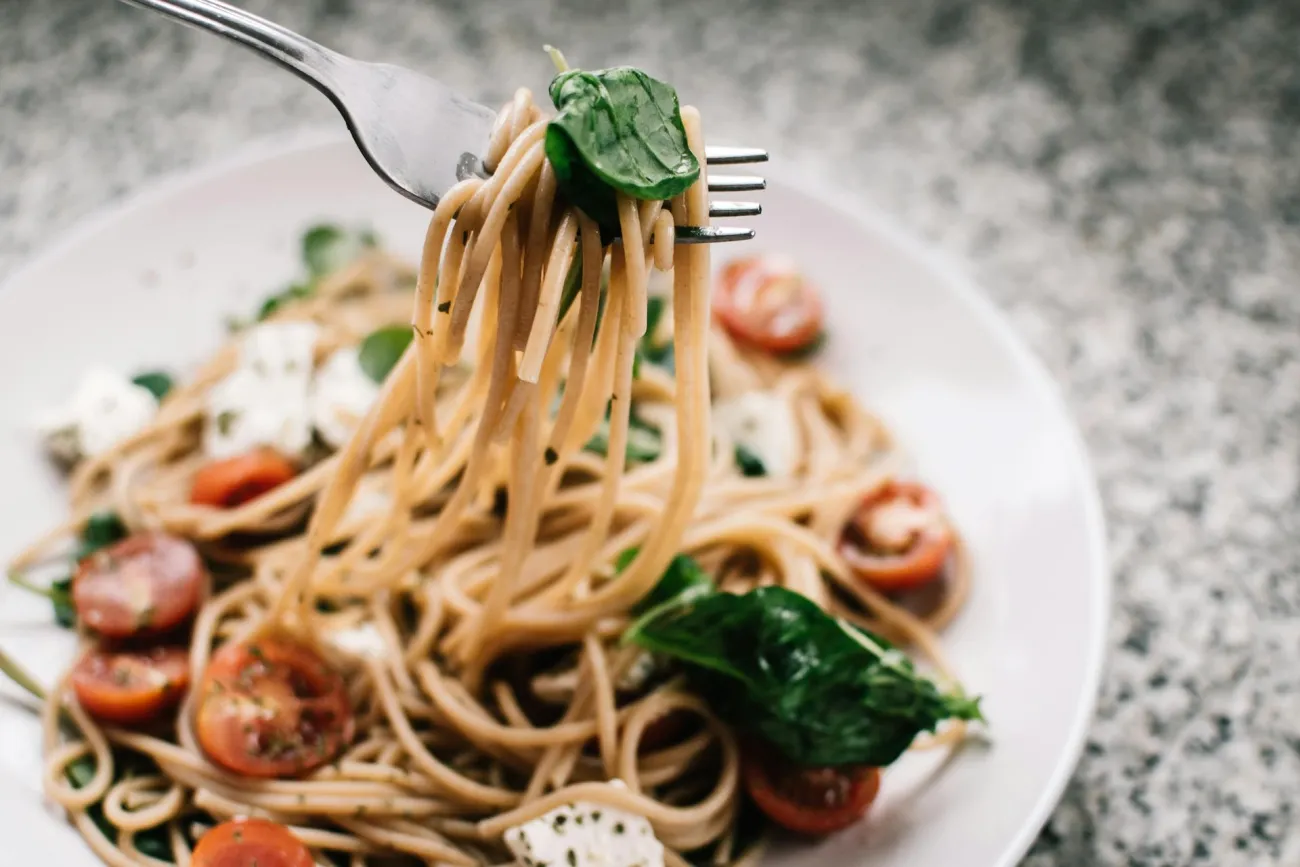The paper presents land use scenarios that provide enough food for 9 billion people, biodiversity protection and terrestrial carbon storage while staying inside the planetary boundaries for land and water use. The main features of these scenarios are improved agricultural productivity (through reducing the gap between current and maximum potential crop yields, and replacing some ruminant meat production with pork and poultry) and redistribution of agricultural production to areas with relatively high productivity and water supplies but low existing levels of biodiversity.

The authors used an optimisation model to calculate Pareto-optimal curves (i.e. points at which one factor can only be improved by making another factor worse) for different levels of carbon storage and biodiversity conservation. The figure below shows these Pareto curves.

Providing the current dietary supply (2761 kcal per person per day with 17% of animal products for proteins, assuming all people access the same diet) at current levels of agricultural productivity for a population of 9.1 billion people would result in worse outcome than today for both biodiversity and carbon losses - the orange curve at the top right.
However, providing the current dietary supply for 9.1 billion people with improved productivity (the orange curve in the middle of the figure) would see better outcomes than today for biodiversity and carbon storage.
Providing an “improved” diet (the red curve) with more calories and a higher fraction of animal products (relative to the current scenario) would worsen impacts relative to the current diet supply with improved productivity, but could still produce better outcomes than today because of assumed productivity increases.
The model has several limitations. The scenarios are based on current climate conditions. While several factors are mentioned as being necessary for the proposed increase in agricultural productivity (including irrigation water, fertilisers and fossil fuels for farm equipment), only water use was explicitly considered in the optimisation model. Furthermore, emissions from the livestock sector for improved diets containing more animal products were not considered in the model.
Abstract
In this paper we develop and assess alternative global land use patterns, guided by the Planetary Boundaries framework, to quantify land use opportunities for staying within the safe environmental operating space. Through a simulation based multi-criteria land use optimisation procedure, we determine the potential upper bounds of improved terrestrial carbon storage and of biodiversity conservation, while also meeting the Planetary Boundaries of land and water use and ensuring improved food supply for a population of 9 billion people. We present alternative global land use scenarios that could simultaneously yield better outcomes on all of these goals, in particular if substantial increases in agricultural productivity are realised. Terrestrial carbon sequestration potentials reach 98 GtC, whereas the potential reduction of the risk to biodiversity is 53%. Furthermore, we analyse the potential synergies and trade-offs of these global land use scenarios with national- and local-level environmental and developmental goals such as those specified in the SDGs, e.g. related to nature conservation, afforestation, bioenergy, employment and equity. This model-based information on synergies and trade-offs between different sustainability goals at different scales can be used in scientific assessments of transformation pathways, in policy making, in support of improved horizontal and vertical policy coherence and multi-level institutional solutions, as well as in SDG implementation, sustainable production and consumption (SDG 12) and global partnership mechanisms (SDG 17).
Reference
Heck, V., Hoff, H., Wirsenius, S., Meyer, C. and Kreft, H., 2018. Land use options for staying within the Planetary Boundaries – Synergies and trade-offs between global and local sustainability goals. Global Environmental Change, 49, pp.73-84.
Read the full article here. See also the Foodsource building block What is land use and land use change? You may be interested in our coverage of the article Winners and losers of national and global efforts to reconcile agricultural intensification and biodiversity conservation.




Comments (0)